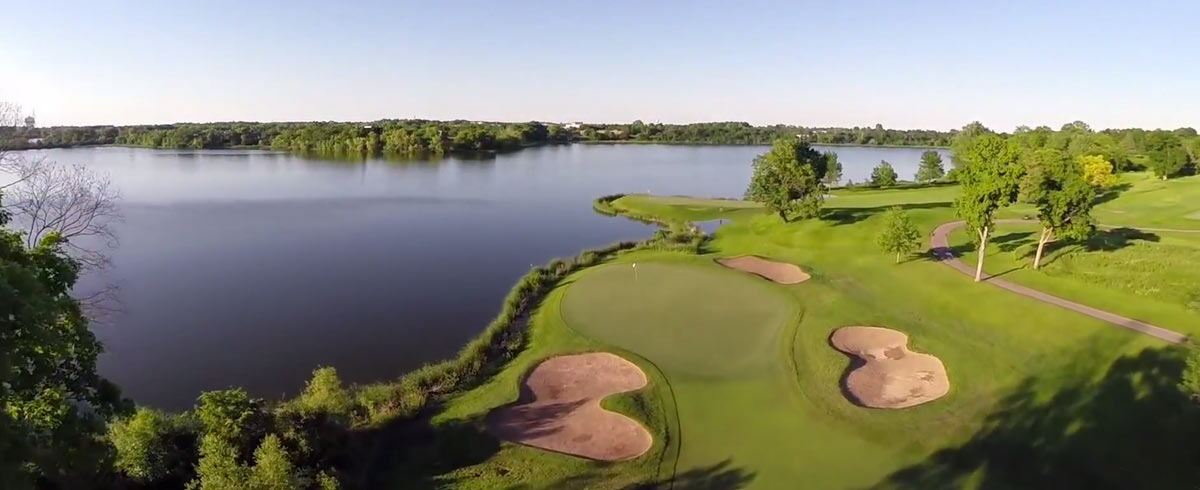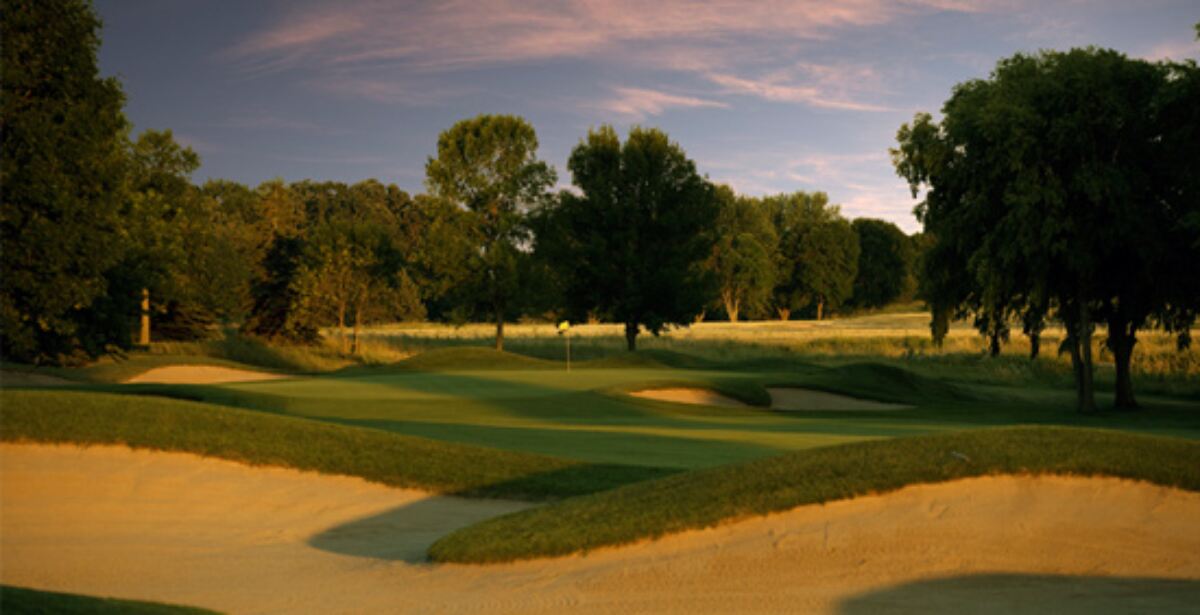| hazeltinenational.com The Ryder Cup is here once again. On September 30, the best golfers from the USA and Europe will battle against each other over three days to see which team comes away with the prestigious trophy. This year, the 41st competition heads for the first time to Hazeltine Golf Club in Chaska, Minnesota. We take a closer look at this excellent club’s history, the course and what makes it a favourite championship venue. The history As far as golf clubs go, Hazeltine is a relative newcomer. In the early 1960s, former president of the United States Golf Association, Totton P. Heffelfinger got it into his mind that he wanted to create a world-class golfing club in the state. One that would be up to the task of hosting major championships, while also providing its members with a course they could enjoy and excel on. Originally called The Executive Golf Club – it was to be the first of a chain of top-end clubs that, in the end, never materialised – it was later dubbed Hazeltine after the adjoining Lake Hazeltine. Heffelfinger drafted in designer Robert Trent Jones in 1962 to produce the course. The course Jones came up with built on early designs by another architect, but Jones added his own touches, creating a lengthy course (7,678 yards) that is laid out to be demanding for even the best players. The course opened later in the year but Jones wasn’t finished there. Over the years, he tinkered with the layout, modifying many of the holes so it would better suit the needs of major championship play. It wasn’t all plain sailing, however. In the 1970s the course was seen as almost unplayable by golfing professionals. On the first day of the 1970 US Open, many big names failed to break 80. This led to some financial difficulties as its popularity waned. Changes were made in 1983 for the US Senior Open, which led to a much easier round. In 1987, Jones decided to pass the design baton on to his son, Rees, to further iron out some of the issues for the 1991 US Open. While things didn’t get off to the best start after a tree-sheltering six spectators was struck by lightning – tragically killing one – they started to improve once playing recommenced. The result was a successful redesign of the course – so much so that Rees continues to this day, meaning the course has been designed by a member of the Jones family for over 50 years. Over these years, the club has hosted the US Open twice (in 1970 and 1991), the 1983 US Senior Open, the 1966 and 1977 US Women's Open, and the 1994 US Mid-Amateur. |
 hazeltinenational.com |
|
On the course The original course was, as noted above, a tough play, with Robert Jones putting a premium on shot values. Despite Rees Jones’s updates, it still remains a hard round, with obstacles awaiting if you go out of position even slightly.Sometimes these obstacles are natural features, like trees and water hazards guarding holes; but other times, it’s fiendishly-placed bunkers that will test the patience of even the best pros. The 16th hole is renowned for being the trickiest of a tough bunch, thanks to the lake around the hole. As it’s one of the shortest par 5s, players are often tempted to go for broke and aim for the green on their second shot, but do so at your own peril, with the lake waiting eagerly to swallow up your attempt – especially if the wind is up. Things don’t get much easier after that, with the 17th harbouring four bunkers, while two water hazards guard the undulating green. Thanks to its embrace of the natural landscape, the various hills mean the fairways are narrow and the greens small. Add to that the fact that nine holes have some form of water hazard and you’re in for a tough round. |
Guide to Hazeltine Golf Club
Ahead of the 2016 Ryder Cup, we take a look at the host club – Hazeltine in Minnesota – and how it became the modern gem it is today.
15 September 2016 2 minute read
RECENTLY VIEWED